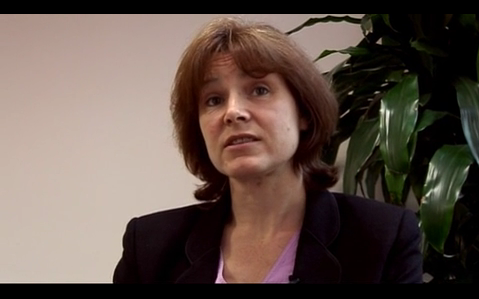Diagnosis of Angelman Syndrome
The syndrome can be diagnosed clinically by observing distinctive facial and other physical and neurological characteristics that are common in Angelman syndrome.
Often a child can develop seizures which may alert professionals to consider a diagnosis of Angelman syndrome. For others, delayed development may initially alert carers to seek advice from a professional.
The first developmental changes are noted from 6 months of age. A professional will look at the developmental history, physical and behavioural characteristics of a child and from this information determine whether the child has a clinical diagnosis of Angelman syndrome. For example, persistent smiling and happy demeanour around 3-6 months of age may be an indication of Angelman syndrome.
A clinical diagnosis can be given by paediatrician, GP or a clinical geneticist. However, a clinical diagnosis will only be made if a genetic diagnosis cannot be established.
Diagnosis is mainly made on the basis of genetic testing. Someone with a genetic diagnosis will have had a genetic test. This involves taking a sample of blood or saliva and sending it to be tested for one of the genetic changes known to cause Angelman syndrome on chromosome 15.
In the short film above Prof Jill Clayton-Smith describes the process of diagnosis and the range of emotions families may experience when the first receive a diagnosis. For families who have recently received a diagnosis they may find some useful information and links to support groups on our welcome section.
In this clip, Andrea describes her experience of getting a diagnosis of Angelman syndrome for her son Woody.
In the following short films two families describe their experiences of receiving a diagnosis of a rare genetic syndrome. In the first film Nathaniel does not have Angelman syndrome; however, many families may still relate to his father's experiences.
For more information about diagnostic characteristics for Angelman Syndrome, please visit Angelman UK - the syndrome support website.
To read more about some of the genetic tests that may be used for diagnosis click here.




